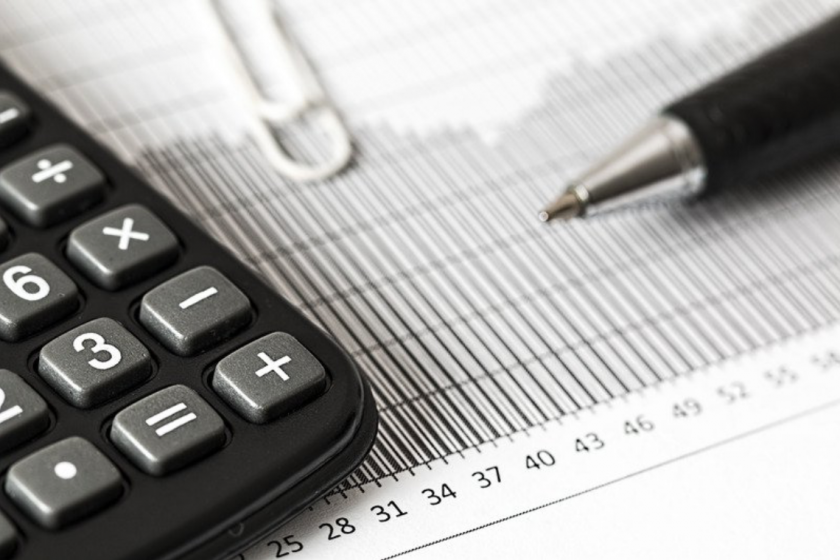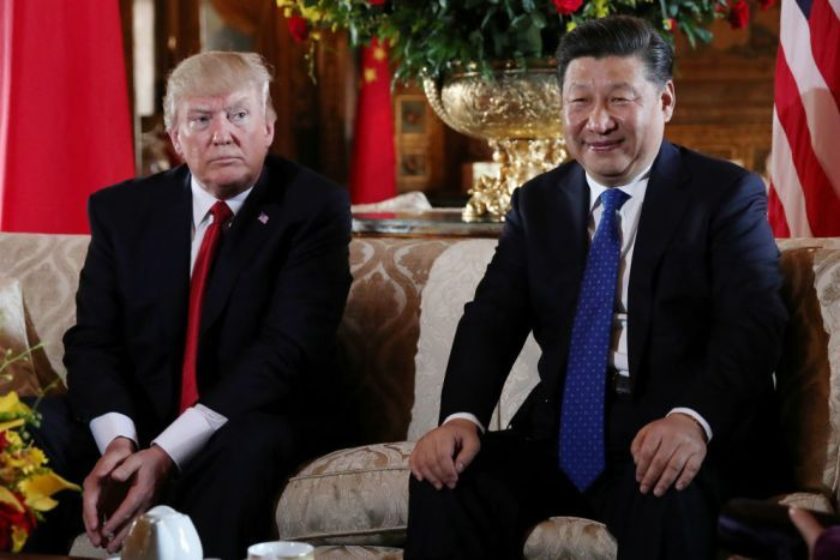Contact us for a free online quote
Australia
The Australian Dollar continues to hold comfortably above the 0.7000 level against the USD ahead of an expected 0.25% cut in the US interest rates at next week’s US Federal Reserve meeting. However the Aussie outlook is far from certain, balancing the mixed signals of higher iron ore prices, fluctuating interest-rate differentials, and a global economic slowdown. Although conventional wisdom suggests a weaker global economic outlook ought to translate into a weaker Australian dollar, a major expansion in Australia’s terms of trade, driven by a massive spike in iron ore prices and elevated gold levels as well as expectations for aggressive interest rate cuts from the Fed, has resulted in a short-term upside trend. However labour data will hold the key for the Aussie economy as the RBA referred to this as a “bell-weather” statistic, continuing to weigh-up the potential for further rate cuts to prevent the economy stalling. With another potential RBA rate cut on the horizon at some stage, any AUD move over USD 0.7100 should be seen as a good opportunity to buy USD.
New Zealand
The New Zealand dollar continues to hold at elevated levels against both its US and Australian counterparts, however if global growth continues to slow look for an erosion of this strength especially if the case for more RBNZ action becomes stronger. Tomorrow will bring the trade balance for June, which is expected to show a small $100 mio surplus, with both imports and exports softer than the May period. Read more







